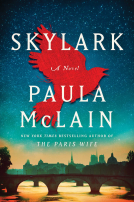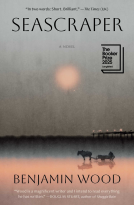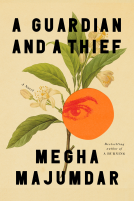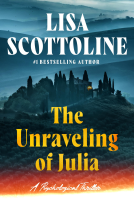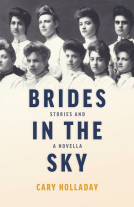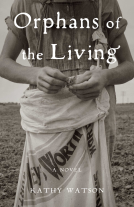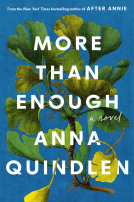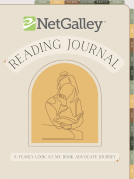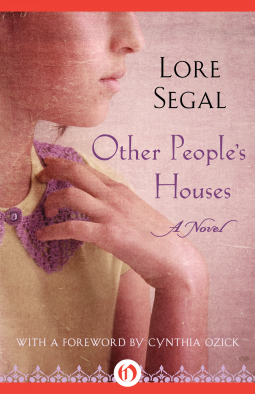
Other People's Houses
A Novel
by Lore Segal
This title was previously available on NetGalley and is now archived.
Send NetGalley books directly to your Kindle or Kindle app
1
To read on a Kindle or Kindle app, please add kindle@netgalley.com as an approved email address to receive files in your Amazon account. Click here for step-by-step instructions.
2
Also find your Kindle email address within your Amazon account, and enter it here.
Pub Date Sep 09 2014 | Archive Date Dec 09 2014
Open Road Integrated Media | Open Road Media
Description
On a December night in 1938, a ten-year-old girl named Lore is put on the Kindertransport, a train carrying hundreds of Jewish children out of Austria to safety from Hitler’s increasingly alarming oppression. Temporarily housed at the Dover Court Camp on England’s east coast, Lore will find herself living in other people’s houses for the next seven years: the Orthodox Levines, the Hoopers, the working-class Grimsleys, and the wealthy Miss Douglas and Mrs. Dillon.
Charged with the task of asking “the English people” to get her parents out of Austria, Lore discovers in herself an impassioned writer. In letters to potential sponsors, she details the horrors happening back at home; in those to her parents, she notes the mannerisms and reactions of the new families around her as she valiantly tries to master their language. And the closer the world comes to a new war, the more resolute Lore becomes to survive.
As powerful now as when it was first released fifty years ago, Other People’s Houses is a poignant tale about the creation of a new life in the face of hopelessness and fear—a hallmark of the postwar immigration experience.
Available Editions
| EDITION | Ebook |
| ISBN | 9781497654976 |
| PRICE | $14.99 (USD) |
Average rating from 13 members
Readers who liked this book also liked:
Publishers Lunch
General Fiction (Adult), Nonfiction (Adult), Teens & YA






